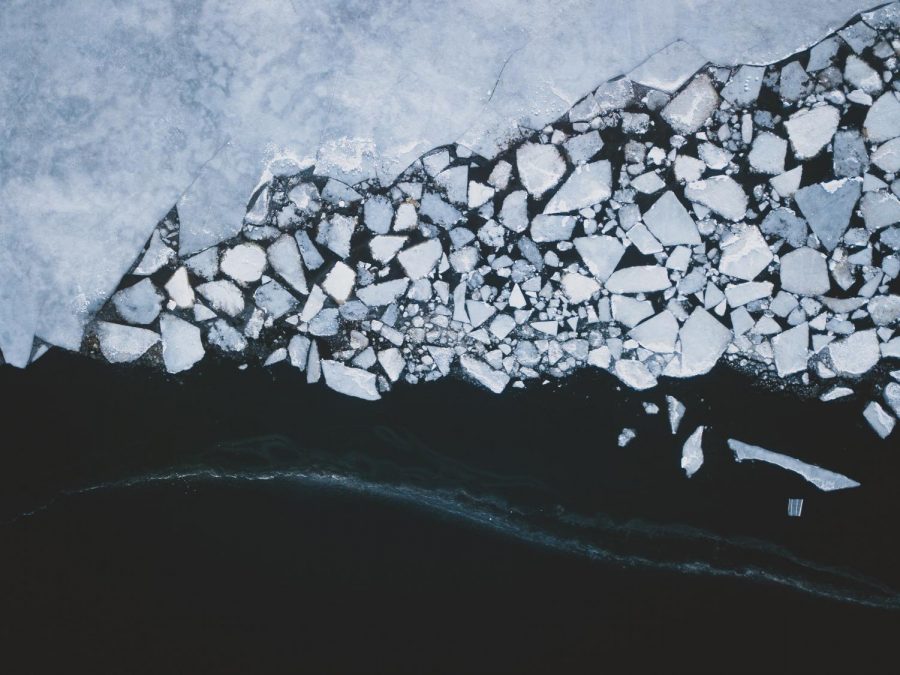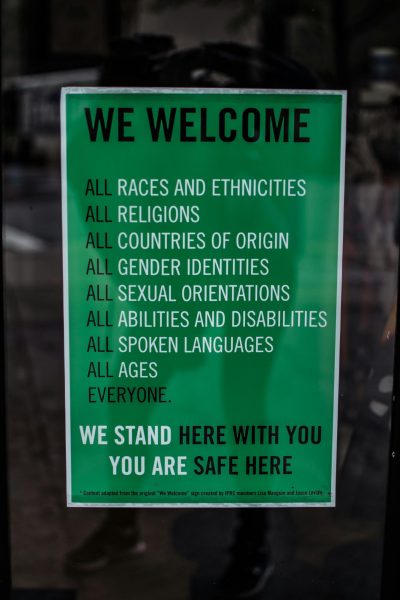Greenland’s Irregular Weather Patterns Have Bad Environmental Implications
Greenland’s ice sheets experience rain for the first time in recorded history, raising concern for the climate crisis.
Greenland’s ice sheet contains four times more ice than all non-Antarctic glaciers combined. However, it has melted more in the past decade than it did during the entire 2oth century. The National Science Foundation Summit Station, located at the peak of Greenland’s ice caps, reported rain for the first time since weather reports began in 1950. Rising temperatures induced by the climate crisis created warm air currents which caused abnormal clouds to form and rain to fall. This warm rain produced 7 billion tons of water in a single day, a size where, if compressed into a cube, it would be over a mile on each side.
The rainfall was devastating to Greenland’s ice caps, losing 13.2 million miles of surface ice in just 3 days. Although the rain on August 14th was devastating for Greenland, this occurrence is not an isolated incident, but a phenomenon occurring all over the world.
There has been a global loss of 28 trillion tons of ice in the past three decades. This melting ice is then carried with rainwater to the ocean, drastically raising the sea level. Although the summer season tends to be hotter than average temperatures, this year was part of a concerning trend. In recent years, the surface mass lost due to heat was 7 times higher than normal. Due to the heavy rainfall and other environmental phenomena, the National Science Foundation Summit Station is concerned that they will no longer be able to record data, as their facility was not made to handle such extreme weather conditions.
Greenland is the only other place with ice sheets, a 50,000 kilometers square-plus continental glacier, besides Antarctica. Greenland’s ice sheet is an integral part of keeping the planet at a sustainable temperature. Unfortunately, much of the sunlight that penetrates our atmosphere is getting trapped in the Ozone layer reflected off of and melting the ice sheets. Without them, the Earth’s temperature will rise to concerning levels. They are a core part of conserving the planet from global warming but heating up at twice the rate as the rest of the planet. Enough ice has been lost in Greenland and Antarctica to fill the entire Michigan Great Lake.
The rainfall and mass ice melting in Greenland is only a sliver of the catastrophic events happening on our planet, which will affect all living beings. If Greenland continues to melt, millions of people will be put in danger of displacement and annual floodings by 2030. Although people are increasingly becoming aware of the devastating events occurring in our environment, humanity still has a long way to go before we can achieve environmental stability.





